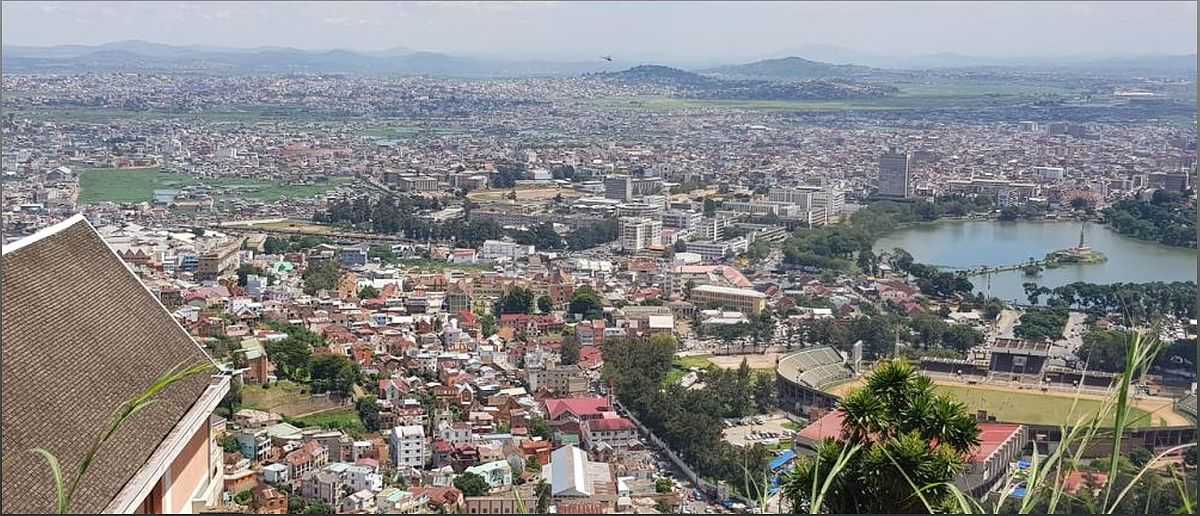Welcome to an exploration of the efforts being made to address climate change and promote sustainability in Madagascar and the Indian Ocean region. In this article, we will delve into the challenges faced by these vulnerable areas, the role of architects in driving positive change, and the importance of community involvement. Join me on this journey as we discover the initiatives and collaborations that are shaping a more sustainable future for this region.
The Impact of Climate Change in Madagascar and the Indian Ocean Region
Explore the environmental challenges faced by Madagascar and the Indian Ocean region due to climate change.
The island nation of Madagascar and the Indian Ocean region are particularly vulnerable to the impacts of climate change. Rising sea levels, irregular weather patterns, and extreme events such as cyclones and floods pose significant challenges to the environment and the communities that depend on it.
The Indian Ocean Dipole (IOD) is a major factor contributing to the region's vulnerability. This climate phenomenon causes fluctuations in water temperature, leading to intense rainfall, cyclones, droughts, and fires. For instance, the devastating Cyclone Freddy in 2023 caused extensive damage in Madagascar.
These climate-related challenges require urgent attention and proactive measures to ensure the long-term sustainability and resilience of the region.
The Role of Architects in Promoting Sustainability
Discover how architects in Madagascar are creatively addressing sustainability challenges in resource-scarce societies.
Despite limited resources and training opportunities, architects in Madagascar are playing a crucial role in promoting sustainability and climate change adaptation. They are finding innovative ways to improve the quality of life for communities while respecting the local environment.
Through the use of sustainable materials and designs, architects are creating buildings and infrastructure that are resilient to climate impacts and minimize their ecological footprint. They are also incorporating traditional knowledge and practices to ensure cultural preservation and community engagement.
By embracing these sustainable approaches, architects are contributing to the overall resilience and well-being of the region.
Empowering Women in Sustainable Practices
Learn about initiatives empowering women in isolated areas of Madagascar through sustainable practices.
Women in isolated areas of Madagascar are being empowered through various initiatives that promote sustainable practices and climate change adaptation.
One such initiative is the Barefoot College, which trains women in rural areas in solar energy management. By equipping them with the skills to harness renewable energy, these women are not only improving their own livelihoods but also contributing to the overall sustainability of their communities.
Empowering women in sustainable practices is a powerful way to address environmental challenges and foster inclusive development in Madagascar.
Community Involvement in Sustainable Development
Discover the importance of community participation in sustainable practices and climate change adaptation.
Local communities in Madagascar are actively participating in sustainable practices and climate change adaptation, demonstrating that sustainable development can emerge from within the communities themselves.
By engaging communities in decision-making processes and providing them with the necessary resources and support, sustainable practices can be effectively implemented and scaled up. This bottom-up approach ensures that solutions are tailored to the specific needs and contexts of the communities.
Community involvement, along with the collaboration of governments and international entities, is crucial in shaping a more sustainable future for Madagascar and the Indian Ocean region.
Regional Collaboration for Environmental Management
Explore the importance of regional collaboration in managing natural resources and addressing environmental challenges.
Managing natural resources and addressing environmental challenges in vulnerable island regions like Madagascar requires strong regional collaboration.
By learning from neighboring regions and sharing best practices, countries in the Indian Ocean region can develop pragmatic approaches to urban planning, construction, and resource management. This collaboration also allows for the incorporation of traditional values and knowledge into modern technologies and practices.
Regional collaboration, combined with a community-based approach, is essential for effectively managing natural resources and building resilience in the face of climate change.

